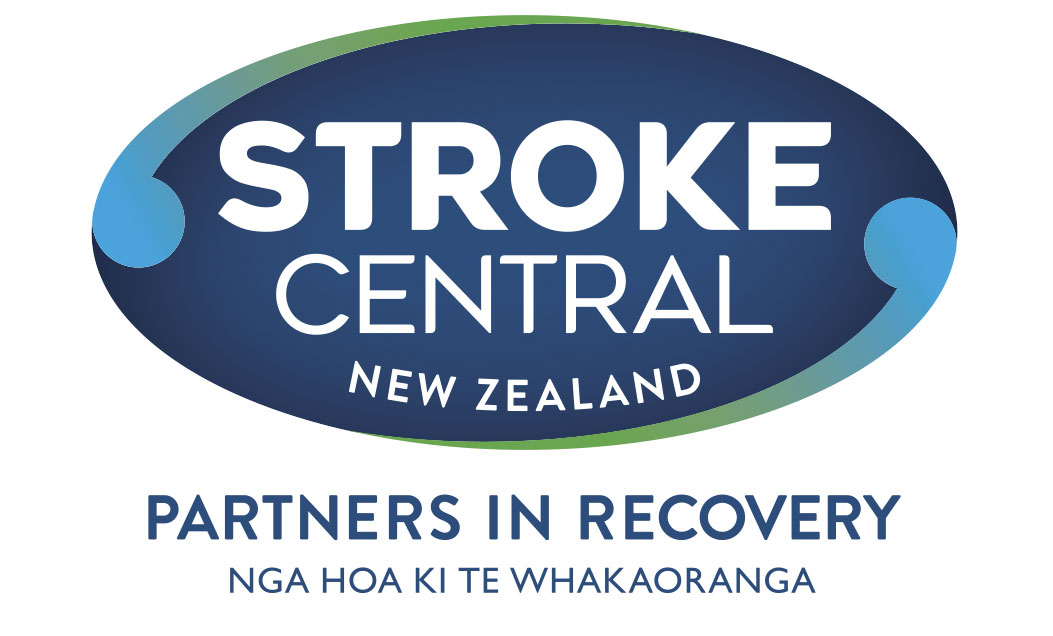Health Professionals
National Stroke Network
The National Stroke Network was formed in April 2011 (originally the Stroke Clinical Network Leadership Group) as an initiative between the Stroke Foundation of NZ and the Ministry of Health. The aim was to facilitate implementation of the 2010 New Zealand Clinical Guidelines for Stroke Management by harnessing the skills and expertise of stroke professionals and coordinating their efforts to drive improvements in stroke service delivery.
Members of the National Stroke Network and its working groups are comprised of multi-disciplinary health professionals, health service managers and consumers with expertise in stroke who are representative of large, medium and small District Health Boards and health organisations across New Zealand.
Central Stroke Steering Group
For more information on the Central, Stroke Steering Group click here.

New Zealand Clinical Guidelines for Stroke Management 2010
National Acute Stroke Services Audit 2009
New Zealand TIA Guidelines
Australian Stroke Management Guidelines
US Stroke Management Guidelines
United Kingdom
- Action on stroke services: an evaluation toolkit (‘ASSET’) was created by the UK Department of Health to help health care organisations improve and transform stroke services for patients.
- Case Study Pack: a series of ten case studies covering Transient Ischaemic Attacks (TIAs), Multidisciplinary Stroke Services, and the Workforce.
- Good Practice Examples in the NSF Standards for Older People: Key publications about older people’s services, including downloads on stroke.
- New ways of working in stroke care: Examples of new or extended roles for those involved with the care of stroke victims and their carers.
- Management of Patients with Stroke: Rehabilitation, prevention and management of complications, and discharge planning.
